
Last April, more than a year after Broadcom's acquisition of virtualization solutions leader VMware, a new product portfolio and licensing policy was introduced that significantly impacted the cost of running enterprise infrastructure. Now, after another year and an evaluation of the true impact of the pricing adjustments, it is an opportune time to evaluate alternative virtualization solutions and consider migrating to a more cost-effective platform.
When considering a possible change, the key requirements remain unchanged - in addition to cost savings, it is necessary to ensure reliable and failure-free operation, available technical support and long-term stability under predictable conditions. Compliance with internal security policies, the risks associated with migrating critical applications, and the overall time and technical complexity of moving to a new solution are also important factors in the decision. Focus on these key points when discussing potential change:
HW compatibility
Choose a new solution taking into account the specification of the currently owned or leased HW. In the case of a planned HW upgrade, check the compatibility and support of the manufacturer of the chosen HW.
OS compatibility
The ability of the hypervisor to work with the operating system is crucial. Just as Hyper-V will not be the best choice for Linux environments, for Windows, carefully consider the functionality and performance of an open source solution.
Scalability
Think about future needs, have an idea of the power ramp-up requirements and the need for load distribution (vertical and horizontal scaling).
Resource consumption
Consider the nature of the anticipated workload, and focus on optimized hypervisors for complex solutions.
Total operating costs
Don't forget to include the cost of system maintenance, team training or the purchase of specialised software for some solutions.
The final choice of a suitable alternative to VMware depends primarily on the specifics of your organization's IT infrastructure and internal security and operational policies. Each available solution offers a different level of functionality, so it is important to consider your specific performance, management and compatibility requirements. If your environment does not require advanced virtualization features, you can achieve more significant savings. Conversely, organizations with complex needs must consider more careful selection and the potential need to invest in compatibility and support. The key is to strike a balance between cost-effectiveness, technology level and long-term sustainability of the solution.
We will be discussing the topic of alternative virtualization solutions at the upcoming Spring Technology Breakfast. We will present a specific customer example of private cloud virtualization and the changes considered in the context of optimizing operational costs, while our partners, Hewlett Packard Enterprise and Alef Zero, will focus on alternative virtualization solutions and related operational savings.
If you are considering changing or combining virtualization platforms, the Technology Breakfast is a great opportunity to get up-to-date information and compare available solutions. The program includes live demonstrations of the environment HPE VM Essentials and AHV Nutanix, accompanied by a final debate with experts.
The Technology Breakfast takes place on Wednesday 9 April 2025 at KPMG. Register for free here.

Overview of selected alternative solutions
You can choose from proprietary and open-source solutions with free and paid licenses. We've selected these five possible candidates to reduce the overall cost of running your virtual infrastructure.
HPE VM Essentials
HPE VM Essentials is an advanced KVM-based virtualization solution that enables you to manage virtual machines across KVM and VMware platforms. The tool facilitates migration between these platforms, giving organizations the flexibility to choose a target infrastructure based on functionality and cost preferences. HPE VM Essentials combines the power of KVM with advanced management and integration features, reducing management costs and increasing efficiency. The solution is ideal for businesses looking for flexibility and cost-effectiveness in virtualization.
Nutanix AHV (Acropolis Hypervisor)
Nutanix AHV is another commercial alternative with modern features, advanced management and security capabilities. This virtualization platform allows you to run virtual machines and containers for applications in on-premises and public cloud environments.
Proxmox Virtual Environment (VE)
Proxmox VE (Virtual Environment) is an open-source alternative based on KVM and LXC technologies for Windows and Linux-based servers. Proxmox VE includes built-in security features such as backup, storage replication, live migration and internal firewalls.
Microsoft Hyper-V
Microsoft Hyper-V is still an interesting alternative to VMware in terms of functionality and support. It allows running multiple operating systems on a single hardware node. Microsoft offers Hyper-V both as part of the Microsoft Windows Server package and as a standalone Hyper-V Server product.
XenServer (Citrix Hypervisor) / XCP-ng
The XenServer hypervisor is known for its efficiency and scalability, making it a popular choice for deployment in large data centers. It offers paravirtualization (PV) for higher performance as well as full virtualization (HVM) with hardware acceleration. Its microkernel architecture provides enhanced security, and live migration support enables outage-free virtual machine moves. Xen is ideal for large-scale deployments with an emphasis on performance and high availability.
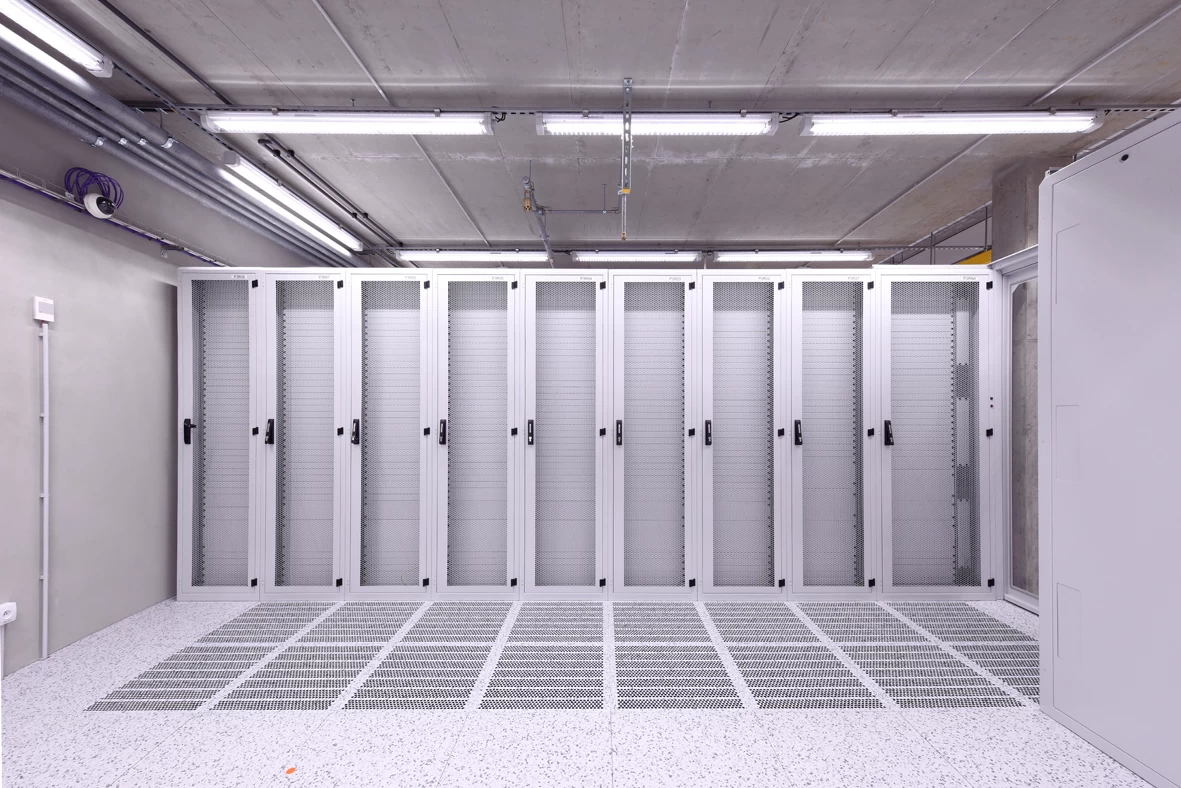
A company of any size can use data centre services. Corporations and independent developers, startups and large public facilities will find "their thing". Even small or start-up organizations will appreciate the flexibility and scalability of such a solution, the ability to manage large volumes of data, databases, etc.
Can't afford long IT outages?
Tier III, or Tier III certification, involves redundancy of key systems. If you can't afford long IT outages, this is what you'll appreciate. Tier III also defines availability, at 99.982 %. If we convert this value from percentage to time, it would mean that it can only "go out of service" for 1.6 hours out of the whole year.
Tier III certification means a high level of security
Safety is also a matter of course. Tier III data centres are thoroughly secured - including against unauthorised access. Specifically, in our SafeDX datacenter, we enable access only to authorised persons on the basis of biometric data. We protect servers in lockable PODs with controlled access. We have absolute flood safety and guarantee multiple protection against power outages, connections or fires.
Tier III certification is awarded to datacentres independent auditors. It's not just a sticker that a data centre puts up on the web to make an impression. It is a symbol of the high standard of service you can expect from a datacenter.
If you are looking for a reliable datacenter in Prague, we will be happy to introduce you to our services. We understand the requirements of the leaders in their fields and are able to meet even superior security and process needs. That is why we have been partners of major players in the field of manufacturing and logistics, financial services, banking and retail for several years.
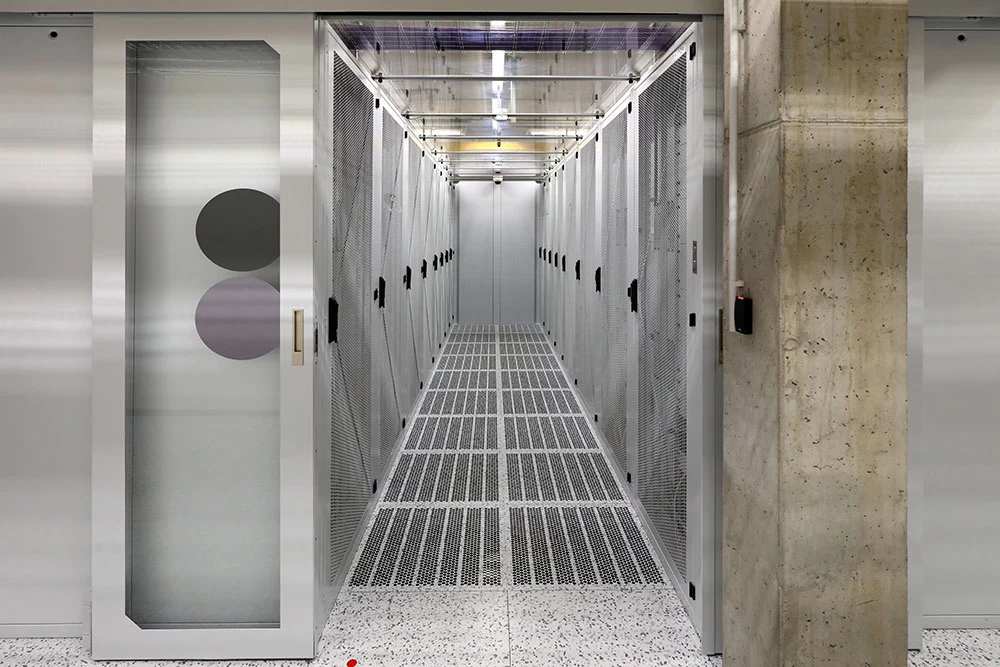
Secure data centre is monitored 24/7
A secure data centre must be physically secure. Only authorised persons should have access. To control the environment 24/7 video monitoring. Alarms, security locks, etc. should be a matter of course. Biometric authentication is used for access control and last but not least, consistent management of access rights is crucial.
Equally important is network security - a firewall to protect the network, regular updates, secure remote access and more. Traffic monitoring - monitoring network traffic and detecting unusual events - is used to check that everything is in order.
How secure is our datacenter?
At SafeDX, we offer housing services in a Tier III environment in a modern secure data center. And security is our top priority - that's why we provide an additional level of security. We protect servers in locked PODs with controlled access. We provide multiple protection against power outages, fires and guarantee complete flood safety. Want to know more about our data center security? Contact our specialists.
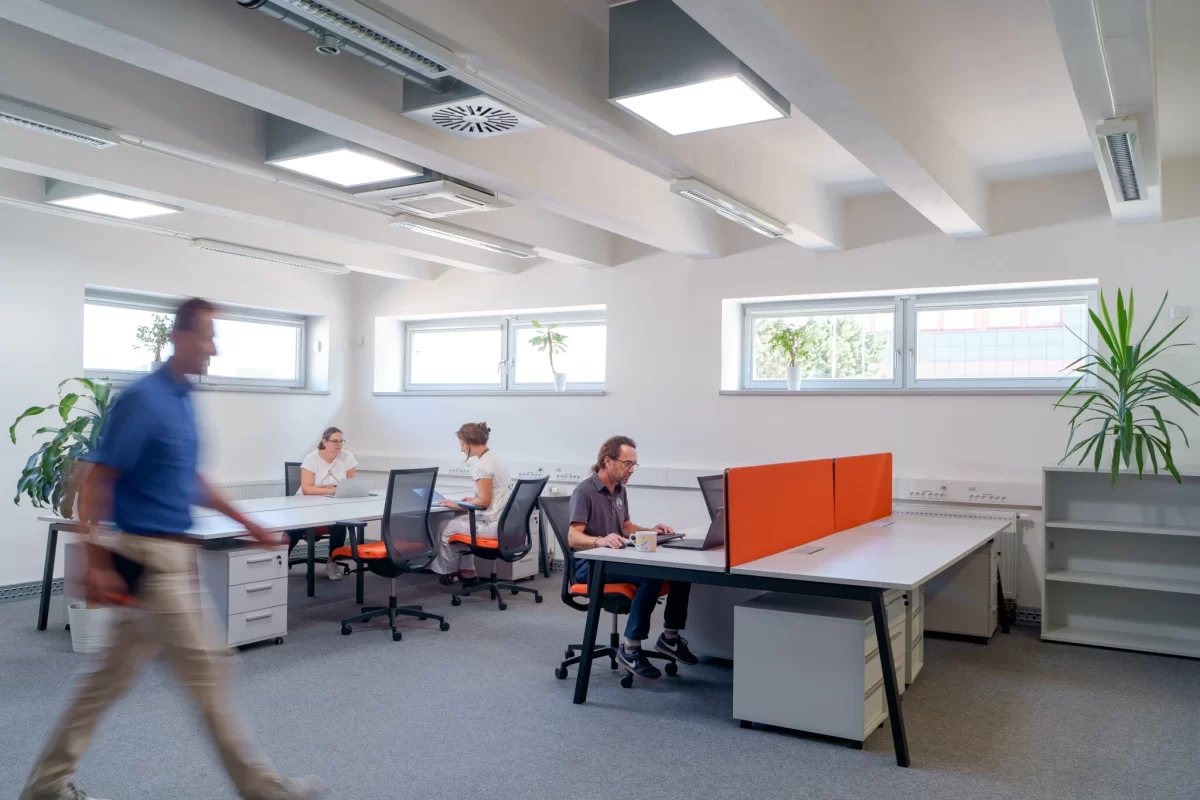
Data backup minimises losses in the event of an incident
When a backup is created copies of current data in order to restore them in case of loss, damage or inaccessibility. The main goal of data backup is to ensure that data is restored to the state it was in at the time of backup. Backups are often performed on a regular basis to minimize data loss in the event of an incident.
Main features of data backup:
- Regularity: Backups are often performed on a regular basis, such as daily, weekly or monthly, and only include current data.
- Rewritability: Old backups can be overwritten by new versions, saving storage space.
- Quick recovery: The backed-up data is quickly available and is intended to restore the current state of the system.
- Quantity: Backups usually contain a limited amount of data that is recently created.
Archiving does not work with "live" data
Data archiving versus backup is used to long-term data retention for compliance purposes, legal requirements or for long-term preservation of valuable information. Archived data is usually used less frequently but must be preserved for longer periods of time.
Main features of data archiving:
- Longevity: Archived data is retained for long periods of time, sometimes decades. This period may be defined by legislation.
- Immutability: Data in archives is usually protected against alteration and deletion to ensure its integrity. They are not overwritten.
- Processing and searching: Archived data can be indexed and categorized to facilitate searches.
- Data quality: Archived data is often selected based on its value and significance, not just its quantity. There is no need to archive everything.
Data backup and archiving: how do they differ?
We have tried to describe data backup and archiving as simply and concisely as possible. Now let's say, how they differ, to illustrate why it's not "the right thing to do" when you archive the data to be backed up and vice versa.
Long story short, the main difference between data backup and archiving is time horizon and purpose. Translated into "human language": Backed up data is "live" data. You work with them today and every day and the results of your current work depend on them. Do you have a business in progress? Data such as client information, order parameters, work in progress of your employees working on the project, etc. are all subject to backup. If you lost this data, you would have to find out everything again from the client and start the work from scratch. You would lose time, money, and in the end, you wouldn't even leave a good impression with the client.
Backup is focused on short-term recovery of current data in the event of a disaster. This may be not only tornadoes and fires, but also cyber attacks (which are increasing lately) or "ordinary" human error. Archiving is aimed at long-term data retention for various purposes, including compliance and historical analysis.
It is important to combine archiving and backup correctly
However, it cannot be said that one or the other process is more important. Plan a data protection strategy based on the specific needs and requirements of the organisation. The combination of data backup and archiving provides comprehensive data protection that is critical to maintaining your business continuity and regulatory compliance.
In conclusion, don't underestimate data backup or archiving. Both activities are key components of data management in information technology. It is important to understand their differences and use them correctly to ensure data reliability and availability in different situations.
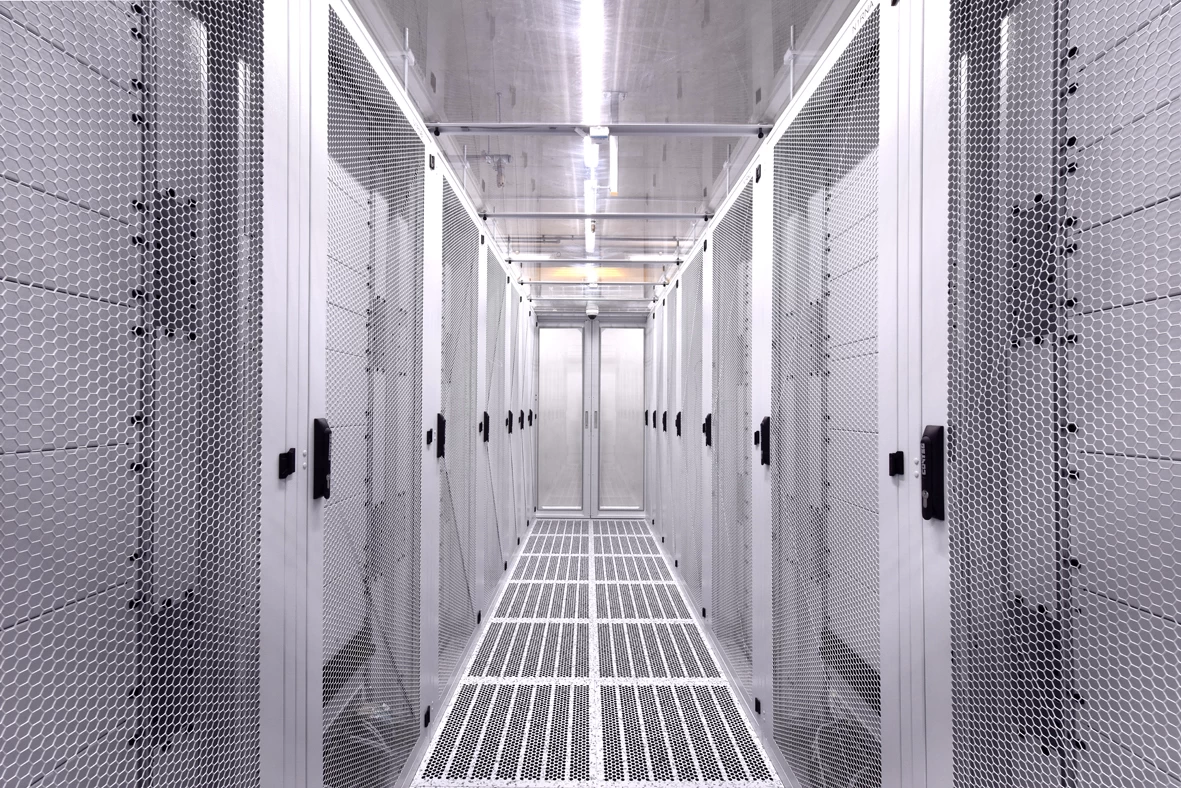
Bare metal dedicated server as an IaaS concept
Bare metal server is actually dedicated server provided as a service. As part of the SafeDX portfolio, we offer dedicated bare metal server and storage rental as part of the HPE GreenLake | BareMetalDX service. If your business requires high availability of private computing poweryou've come to the right place. Contact our specialists for more information.
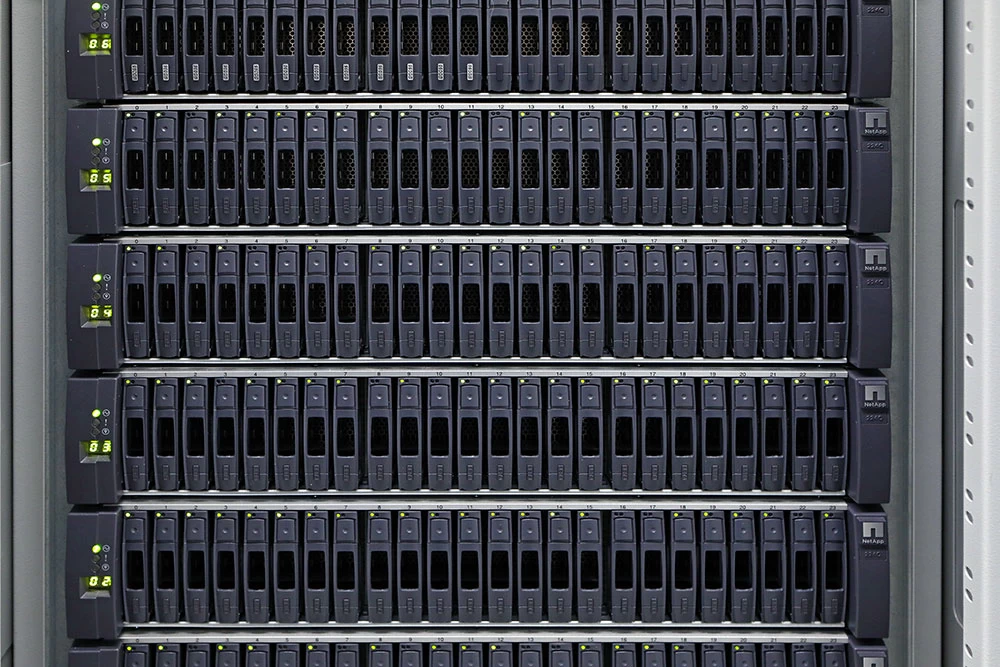
Who does rack housing pay off for?
It is not always necessary to rent the entire rack, but in general it can be said that rack housing is attractive especially for large companies, or Organizations that need to store a large number of servers. The smallest unit you can rent from SafeDX is a single rack that can hold 48 servers.
Rack housing by SafeDX, i.e. RackHousingDX, represents a premium Tier III environment, the availability of expert Remote Hands support in 24/7 mode or 24/7 Service Desk, or the possibility to have a private infrastructure designed and built completely customized.
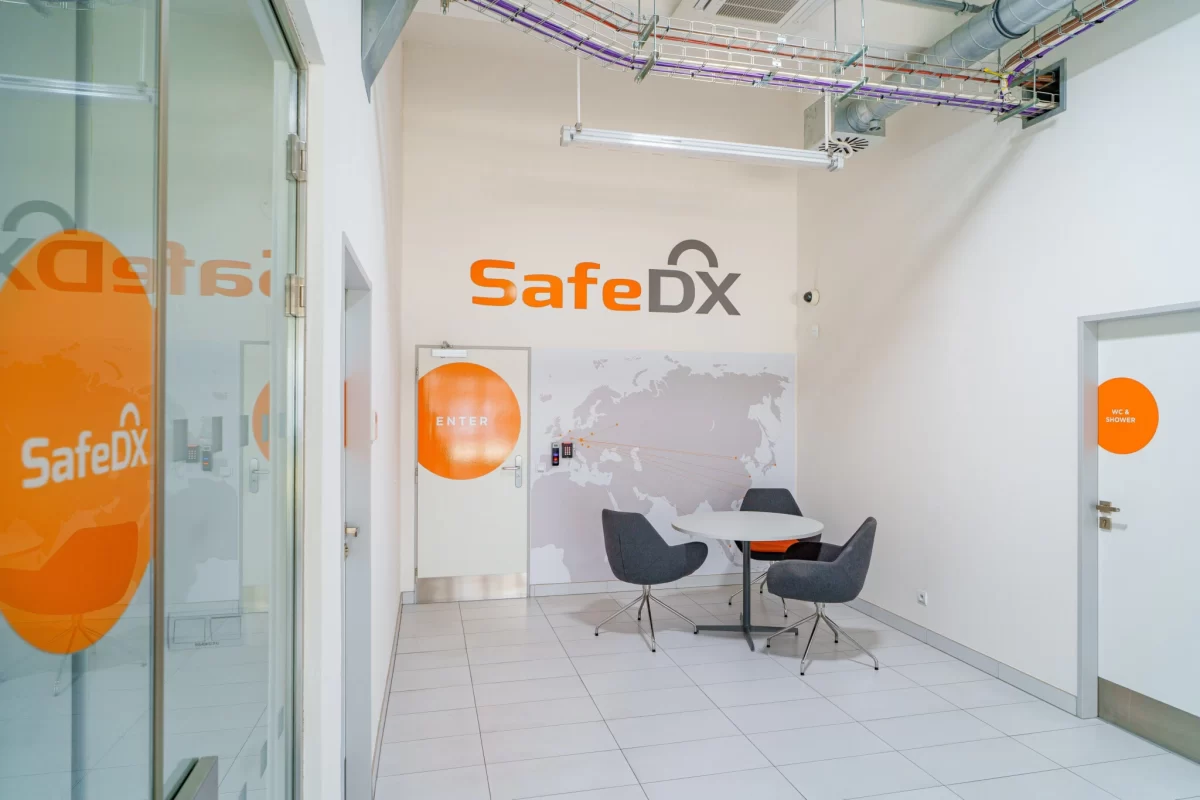
The data centre is responsible for ensuring the availability of the data, as well as the security and integrity of the data.
The data centre will be used by companies and healthcare facilities. Who else?
Large and medium-sized companies use data centres to store and manage enterprise data, applications and servers. But they are not the only ones. Data centres are also used by medical facilities for the storage of medical records, image data and the operation of medical IS. Financial institutions, government bodies, educational institutions, telecommunications companies and others also work with large volumes of sensitive data.
Looking for a data center in Prague?
If you're looking for a reliable data center, you've come to the right place. SafeDX is a secure and very accessible data center in Prague Vysočany. We believe that local data storage in a known and accessible location, safe access to authorised persons 24/7 and the commuting distance of 20 minutes from all office centers in Prague will be appreciated. Contact our specialists for more information.

Get a unified environment for managing containers and virtual machines
Kubernetes can be integrated with VMware infrastructure, allowing containers to run on virtualized servers and VMware network. This provides organizations with a unified environment for managing containers and virtual machines.
Kubernetes provides powerful tools for container management, including application lifecycle management, scaling, dependency management, and more. VMware products like Tanzu enable advanced network virtualization for Kubernetes, which includes network management, routing, security and more. Kubernetes on VMware infrastructure enables dynamic scaling applications based on traffic load.
Choosing Kubernetes as the orchestrator for containers on VMware infrastructure can help you gain the benefits of containerization and cloud-native technologies within your existing VMware virtualization environment. This will achieve efficient application management and improved flexibility and scalability.

Server housing in Prague - available 24/7
Our RackHousingDX service offers you the highest level of availability and the ability to manage your hardware in a secure Tier III compliant data centre. We offer you connectivity to major internet nodes and industry-leading connectivity. We can accommodate your space in terms of capacity and space. We are located in Vysočany, Prague, or provide other geographically redundant services.
Your hardware will be "in the room" with SafeDX. Online monitoring of electricity consumption, humidity and room temperature is a matter of course for us. In addition, we offer 24/7 support.
Looking for a modern and secure base for your hardware? Do you need a customized data room? Our smallest business unit is a single rack that fits 48 servers. Want to know more? Contact us.
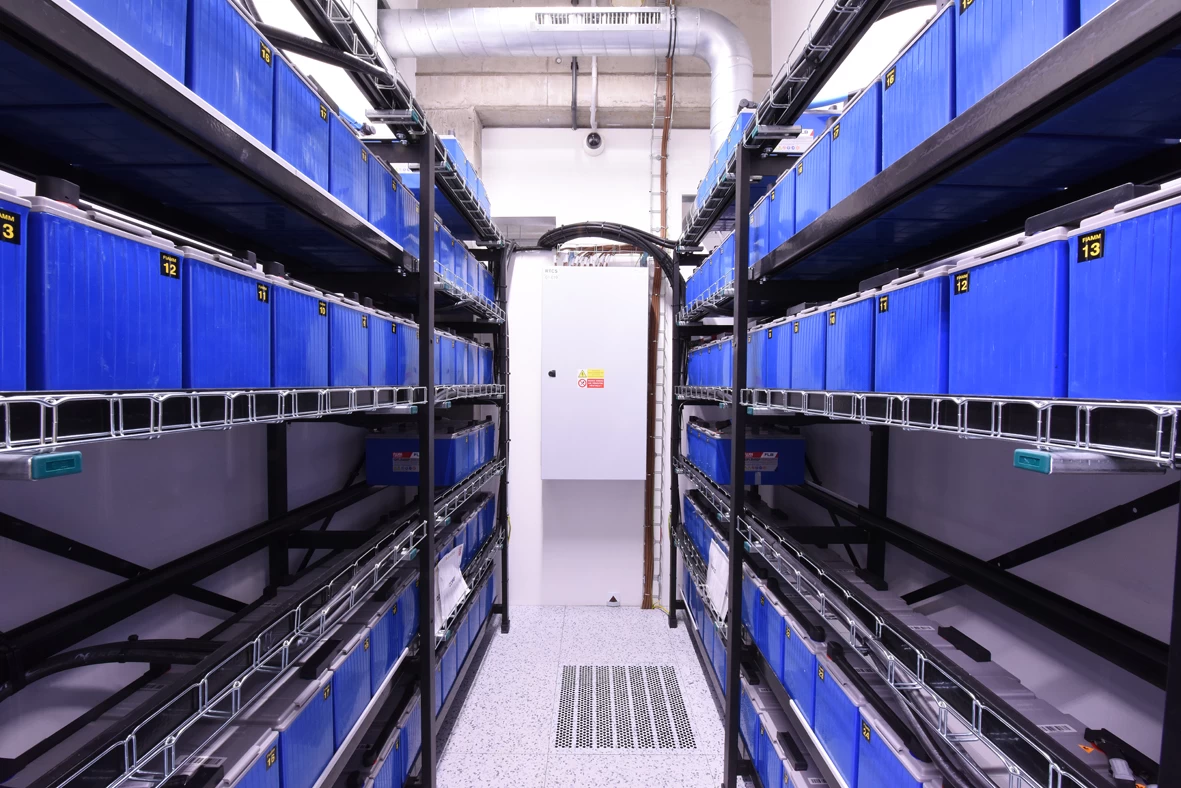
It is important that in the context of disaster recovery planning, all stakeholders are aware of the steps to be taken. The potential disaster that the recovery plan envisages could be anything from natural disasters, to equipment failure, to man-made accidents, to deliberate hacking attacks, etc.
Disaster recovery planning in steps
- The first step in disaster recovery planning should be Business Impact Analysisduring which your team will, among other things, assess IT priorities and recovery time objectives, and schedule a technology recovery strategy for application, hardware and data recovery. As part of this step, you should identify potential risks and threats that could jeopardize IT and company operations.
- Subsequently, it is important to determine, which systems, data and processes are most important for the day-to-day operations of the company. This allows you to prioritize recovery and determine how quickly it should be restored.
- On the basis of the identified risks and important elements, a specific planthat describes the process, steps and responsibilities of each team member.
- It is not enough to just create and have a recovery plan. You should test and train regularly both to check its effectiveness and timeliness and to ensure that everyone in the team knows what to do within the process. Of course, the recovery plan should be updated regularly to reflect changes in IT infrastructure, technology and risk.
Disaster recovery planning is a key step for minimising potential damage caused by the disaster. Among other things, it ensures that your business will be able to get back up and running quickly after an unexpected incident. It's an integral part of strategic IT and company-wide management.